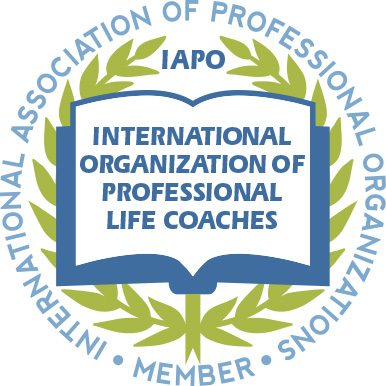Self-harm is a potentially dangerous coping mechanism that involves intentional harm to oneself. It can take many forms, including cutting, burning, or scratching oneself, hitting or bruising oneself, or pulling out one’s hair. Self-harm can be a sign of deep emotional distress and should be taken seriously. If you spend time around young people, it is essential to recognize the signs of self-harm in children and teenagers.
Signs of Self-Harming
There are critical signs of self-harming that are common in young people.
Here are some of the most significant to look out for:
- Unexplained Injuries: Unexplained injuries or marked-up body parts can be clear evidence of self-harming. These marks may appear as cuts, burns, bruises, or scratches on the body.
- Having Sharp or Pointed Objects: Self-harming often involves the use of sharp or pointed objects. If a young person has razors, knives, needles, scissors, or any other sharp object, they may be using these objects to self-harm.
- Clothing that Covers the Body: Those who self-harm may wear clothing that conceals their body, even in hot weather. They may wear long sleeves, long pants, or turtlenecks, even on hot days.
- Changes in Mood: Self-harming can be a symptom of underlying emotional distress. Changes in mood, including depression or anxiety, may be a sign that a young person is struggling with self-harm.
- Time Alone: Children and teens who self-harm may isolate themselves. They may avoid socializing or participating in activities they once enjoyed.
- Difficulty Expressing Emotions: A young person who self-harms may have difficulty expressing emotions in a healthy way. They may have a hard time communicating their feelings or may become withdrawn when asked about their emotional state.
- Signs of Depression or Anxiety: Self-harming can be a symptom of depression and anxiety. If a young person is experiencing feelings of hopelessness, sadness, or fear, they may be struggling with self-harm.
Sometimes There are No Signs
It is important to note that not everyone who self-harms may exhibit these signs.
If you or someone you know is struggling with self-harm, it is essential to seek help from a mental health professional or healthcare provider to develop a treatment plan.
Signs of Self-Harm Must Be Taken Seriously
Self-harm is a dangerous coping mechanism that should be taken seriously.
Unexplained injuries, having sharp objects, wearing concealing clothing, changes in mood, spending time alone, difficulty expressing emotions, and signs of depression or anxiety can be indicators of self-harm.
If you or someone you know is exhibiting signs of self-harm, seeking help from a mental health professional is essential for managing and treating this behavior.
Note: If you are struggling, please remember you are never alone. Call or text 988 or chat 988lifeline.org to reach a 24-hour crisis center, text MHA to 741741, call 911, or go to the nearest emergency room.
Thank you for reading.
If you haven’t yet subscribed, please visit KindCompassCoach and enter your email address so you never miss a post.
As Amazon Associates, we may receive a small commission (at no cost to you) for items purchased through links in this post.

Joan Senio is the founder of KindCompassCoach. Joan’s career includes clinical healthcare plus 20+ years as an executive in a nationwide health care system and 15 years as a consultant. The common threads throughout Joan’s personal and professional life are a commitment to non-profit organizations, mental health, compassionate coaching, professional development and servant leadership. Joan has had the privilege of mentoring early and mid-career professionals as well as current and future executives and leaders. She is a member of the International Organization of Life Coaches, serves as a thought-leader for KuelLife.com and is also a regular contributor to PsychReg and Sixty and Me. You can read more about Joan here: Joan Senio.




No Responses